The man who has coached more medal-winning Grand Prix horses in the world than anyone else, Harry Boldt, talks to ANN-MAREE LOUREY…
If you thought Harry Boldt’s business card was unassuming, simply stating his name – then it’s no surprise to find the same theme in his book.
A simple cover which reads: The Dressage Horse. By Harry Boldt.
You’d have to be a privileged person to know it exists, let alone find it in print, but what a magic book! It is merely the English translation of Chapter III of his book Das Dressurpferd – sad that we cannot read the rest of it!
Imagine an overall training plan for each level, setting out work levels for the year, breaking each session down, prioritising each session. Oh, that it were so easy!
“There are many books on the market but they tell you how the final result should be, how it should look, no one tells you how to teach the horse a flying change or how to work with the horse in piaffe and passage,” says Harry. “I went to the publisher to do this book in 1978 – it should change now, I am not satisfied with it now, the tests have changed, I would like to change it now and revise it!”
In a survey by American magazine Dressage Today, Harry was asked which was his favourite dressage book and his answer was that of course it was his own! He recommended it for riders from medium level to Grand Prix. The good news is that it is in fact available from Dressage Extensions at www.dressage-ext.com. You can buy the English version of Chapter III or you can invest in the whole German edition for just under $US200. Perhaps you could start a petition to get the whole thing translated!
If you can get hold of a copy, you will find that Harry simplifies dressage theories to the point where you shake your head and wonder how it can possibly not work when you get back out on the arena. He speaks of the “scales” of dressage training, takt, losgelassenheit, anlehnung, schwung, geraderichten and versammlung, and makes them household words.
Harry and Woyzeck – shoulder in, from Harry’s great book…
You can read his opinions on draw reins, on cavaletti, on work in hand, and nothing is clearer than his careful diagrams that show every movement. Far from being technical, even my nine-year-old can sink her teeth into it.
And despite the fact that Harry is no longer happy with the book and would love to have another go at it, it is a hundred pages that sets out in black and white (literally!) Harry’s system of training from medium to Grand Prix, using only the systems and exercises and aids that have worked well for him in the dressage arena.
and travers…
“What I learnt from my father, what to do with young horses, you do the same in this country,” he explains. “You have really good people here, so many experienced riders. What happens sometimes is that the not-so-experienced riders work a little bit too fast with the horse – when he is one or two or three years old he will do a flying change, but we are only playing with him. He needs a little bit of balance and to be not totalling running on the forehand, then, why not a little bit with the flying change? If it’s not through, it doesn’t matter – change the hand, change the canter. When you wait too long with this then the horse is really confused later when you start suddenly touching him with the whip. The young horse should be used to the whip.
“When he is totally on the forehand you need to bring him up. When his back is not soft enough you need to keep him round. When the back is hanging, and the horse is not working with the back, the horse needs to reach down and be soft. You can see the result. At the end bring him in balance and you score a nine. You see if the horse can canter on the spot, round and down, you go on and you try it again. That is basic riding.
One of the great things about the book are the sequence photos – like this flying change
“When the horse is young you should be thinking that you want that the horse is seeking your hands, that he is not against, not behind, but seeking your hands, your reins. All half-halts really are coming through the neck and back and the hindlegs.
“Ride every new lesson with the half-halts on the short side before the half-pass or a shoulder-in. Coming into the corner, half-halt, flexion, then let the horse go. You need rein aids in the shoulder-in – the horse must be ready for the shoulder-in. Coming around the corner to the long side, the rein aids have more flexion. Before you start the shoulder-in the horse must be really soft, so that it can move left, right, and through the poll.
“One thing that helps me a lot is that I have ridden in my life so many different horses and that is why when I watch so many different dressage competitions in Europe I see it then, what is happening. It’s all in the FEI rules – what the judges see, what is good and what is bad. I try always like an FEI judge to see what the rider is doing – is it successful? Are there any new ways? No, only there is to find out what is best for that horse. I see so many horses and now when I see a horse it’s already in my computer and I think, I saw that once 15 years ago, I saw that, and I know that is the way we can work with this horse and I say to the rider ‘we can try this and we can try that’. When you have ridden it all yourself as a successful competition rider that helps a lot. You can never have this experience without having ridden successful Grand Prix and without having produced successful Grand Prix horses.”
“When you want to be a really good strong Grand Prix rider you should work every day with two to three horses to have the fitness – and I mean two to three horses with sitting trot, really sitting. When you are riding a Grand Prix test you must be really fit as a rider, you have to keep together the horse from beginning to end. When, after completing 70% of the test, the horse is more and more on the forehand, you have to have the strength to sit against him when he is getting tired and weak.
“Anyone who has not two to three horses should go to the gym and do a little bit of work there in the gym instead. You must develop the back muscles so that you can have the strength and can sit and keep the horse together with your seat, do a little bit half-halts”.
In The Dressage Horse, Harry agrees that while dressage riders come in all shapes and sizes and can be just as effective as each other, in his experience, those with a compact figure are able to use their backs to greater advantage. Having said that, some horses that he thought needed heavier riders responded well to light females, leading him to recommend that every rider finds a horse that suits him.
Harry is also very keen on interval training for dressage training – but don’t be thinking of gallops and walks with heaving sides and hills. Instead, Harry is referring to creating an annual plan for the horse that allows some “show-free” time to train the horse in movements that he will need in his next competitive season. His book tells us to plan out 12 months so that the horse has some time in which he will not be worked to the limits of his training every day, and some time where he will learn new movements or work on his weaker points, and then build up to beginning of the competition season.
“It is very important even in dressage horses to think of interval training,” he explains. “You cannot keep the horse in top form all year, they must be up and down. The best thing to do is that once a month you have a show, a really top show (in Europe this is possible) and you build up the horse.
“In the last two weeks before the show you work with more intensive training, one day you do more trot work, the next day piaffe/passage work, the next day canter work. The second week, before the show, you start to ride the dressage test. There is no need to do the extended trot and canter, but you must make all of the corrections to the test, check that the half pass is correct, that the halt is square and that the horse is straight and on the bit in the halt. This is the first impression on the judges and they can see then if the horse is on the rider’s aids, they can see it.
“Build up the horse to the weekend of the show, start in the last days before the show to ride the parts of the test that could be a problem. Immediately the problem happens, stop and do it again. The horses learn this, they learn that they must do it and do it again. The older ones learn really quickly – ‘if I do everything properly it is finished for me for today’. I like that kind of horse, they have already learnt and are experienced!”
At the competitions, Harry points out that a good dressage rider is one who can concentrate from beginning to end, who can keep their horses the same through the test, who can maintain self-control and develop an inner calm.
As for the judges, there is little point stressing over their reaction to your test.
“Many judges with not so much experience, they only ever watch, they learn from watching, that is not so good,” he says. “It may be that it is developing here, though, dressage riders more and more are judging, so have a little patience and in a few years you will have more experienced judges.”
Harry should know about judges – he has ridden so many horses in so many tests! One of his favourite horses was Woyczek.
“I was lucky, a little bit lucky to get him,” he recalls. “Suddenly a sponsor came to me and said they wanted a horse good enough for the Olympics. And suddenly there was one, available because the owner had financial problems. The horse was already once to Grand Prix, so you could see he wasn’t a bad horse, he could do piaffe, he was a nice type. I got him at the end of 1975 and in 1976 we were at the European Championships in Kiev in Russia. We were second and the winner was very good. Granat was unbeatable at that time with his piaffe/passage. He was getting all 9s and no other horse could get that in the piaffe and passage. I was always second to him, until 1979, I think then I was 3rd then at Aarhus. Woyczek was a Hannoverian, a horse with a will to work, I could work him at home without spurs or a whip. He was easy, willing to work but sensitive. Sometimes I had a problem to keep him on the bit in the double bridle because he was so sensitive. The first two years you had to be very careful with the curb rein – a little too much and he was immediately behind the vertical.”
Harry and Woyzeck
Harry must have been very careful – Woyczek went on to win team gold and individual silver at the Montreal Olympics in 1976. His European silver in Kiev was matched in St Gallen in 1977 and he added the Aarhus bronze in 1979.
“God, I had so many beautiful horses!” Harry recalls. “Golo – he came to me for four weeks for a little bit of riding to make him more rideable and he was with me maybe from 1970 to 1974. The owners asked me for four weeks work and after four weeks I told them it was a really good horse and could I not keep it? In 1974 he competed as an individual at the World Championships at Copenhagen. I was not with a team but we were allowed two to three individual riders. There were not enough riders then and it was a problem to get 20 to 25 riders for the Grand Prix. Golo was fourth in the Grand Prix Special, two or three points behind the bronze medal placing, and well above the competitive team member who was in eighth place. Golo was a showjumper to 1m30 with his owner, who was a young girl. Then she thought, let’s try a little bitpassage and he ended up German champion, won the dressage derby – after this he was sold. This is always the problem when the horse is not your own.
“Then there was Sumatra – he did everything. One year he was in competition with Klimke and Mehmed. He was later World Champion but this horse, there was a show in Germany where the international judges had my horse win over Mehmed. Then I rode in Munich Olympics in 1972 and in the closing ceremony we had the top 12 dressage riders in a quadrille. You see those old photos – I am one of the last horses, on the chestnut with a blaze. That horse was not good enough for the team but was one of the 12 top horses doing very good piaffe and passage. We travelled around Europe with that quadrille – everyone wanted to see it.”
Harry, who now lives in Perth, was eventually awarded the German Riders’ Gold Medal of Honour for his performances.
Harry Boldt passes on this experience in his book The Dressage Horse. This revised edition of The Dressage Horse by Harry Boldt is a modern, comprehensive textbook on dressage riding, and is a treasure trove even for those already knowledgeable about this magnificent sport. Available through the FN Verlag or Amazon.


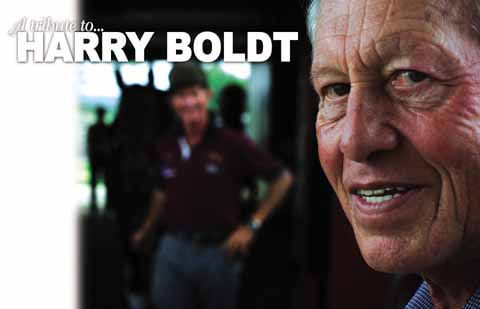
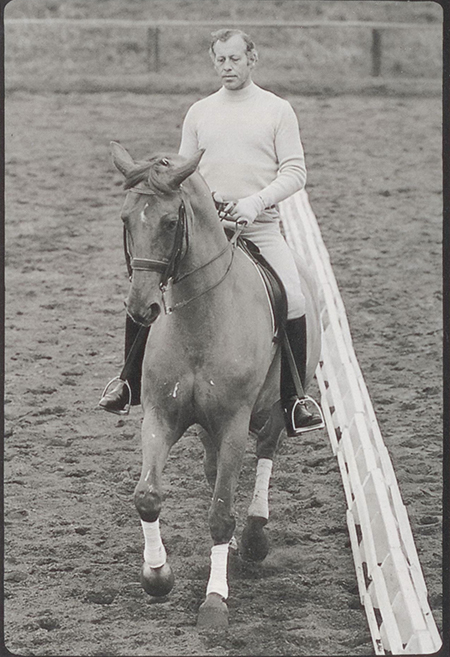
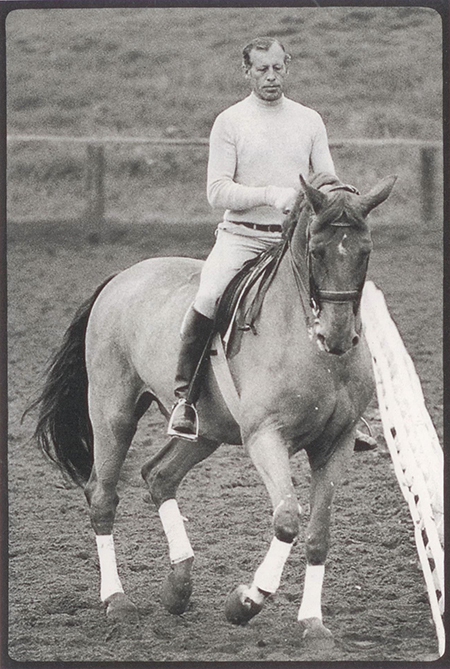
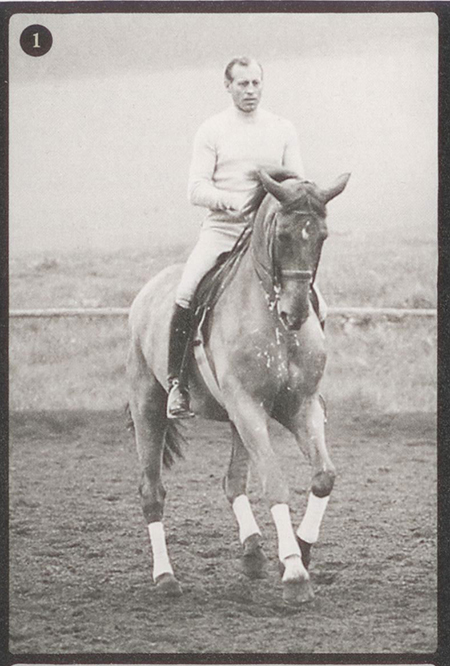
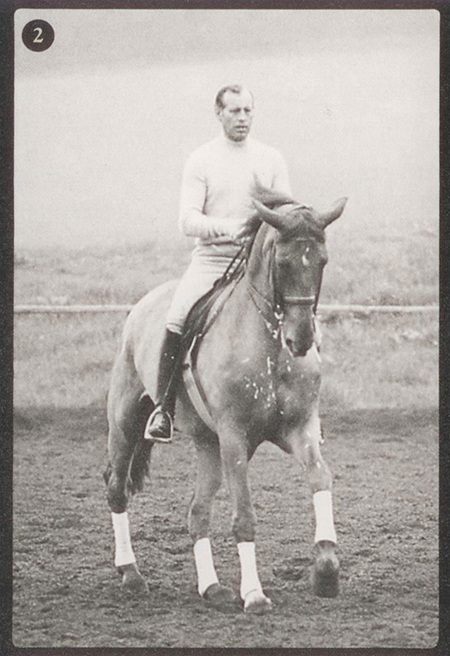
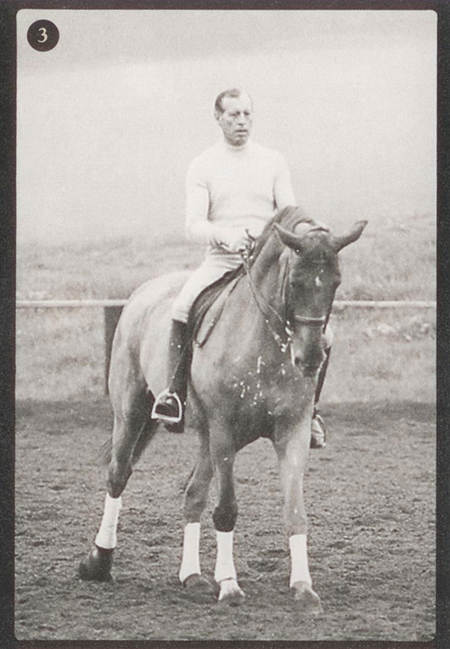
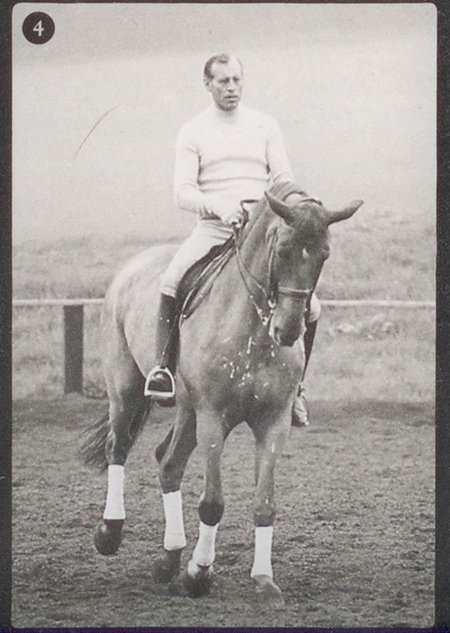
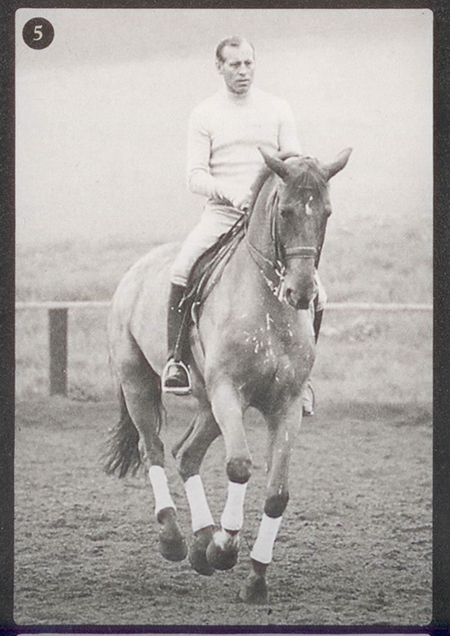
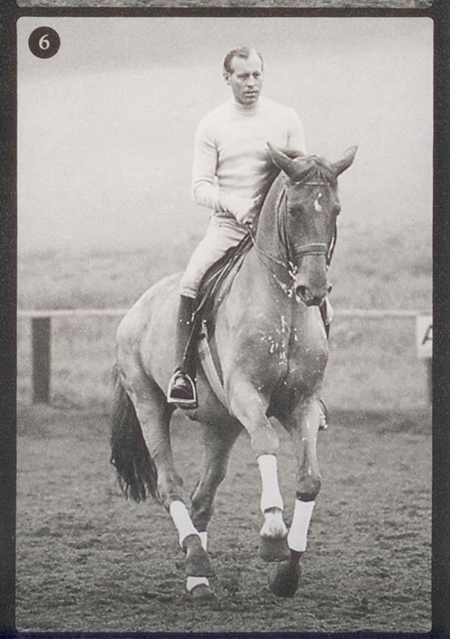
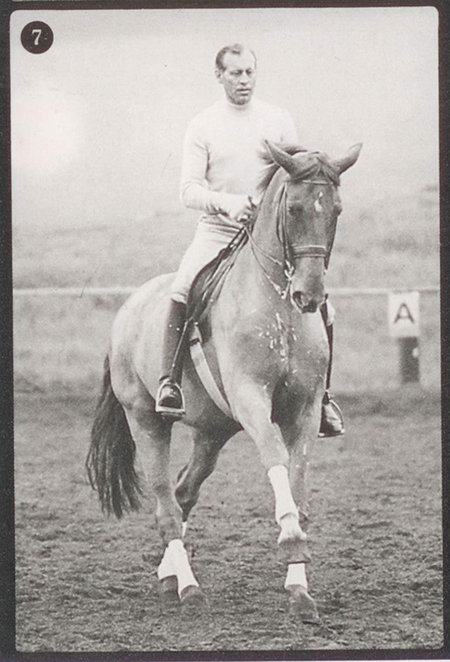
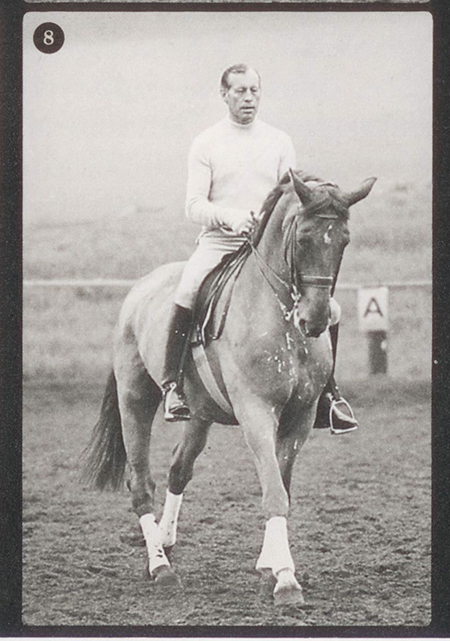
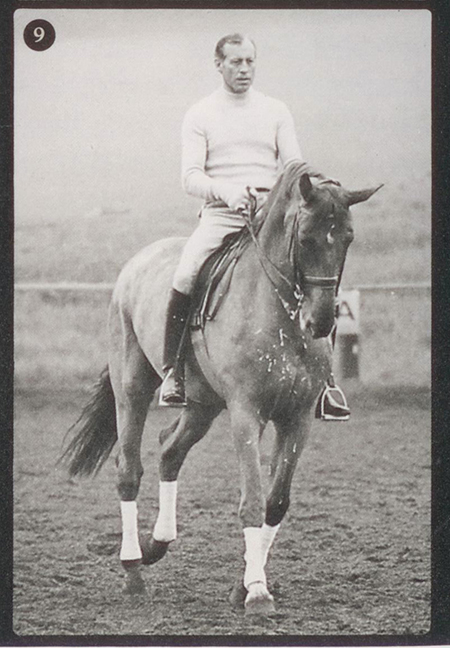
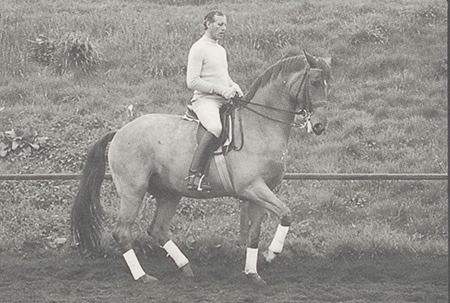
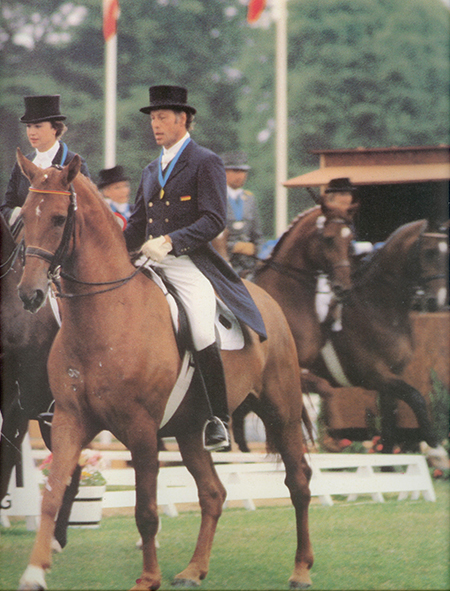
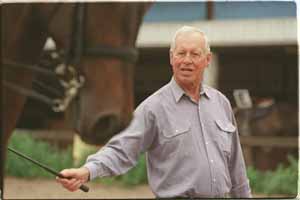
I agree in every way with what Harry Boldt shows and tells … in itself, invaluable! … yet having had the original edition (which someone borrowed and kept to my dismay), I can attest that having those larger & better quality photographs, especially the motor-drive sequences, not only trains your eye but also in some way helps you FEEL which I never though a book could do. Because he has done his work with many horses and many riders over time (I was fortunate enough to see him ride Woycek at the Bromont Olympics), you can learn so much … especially his own brilliant work ethic and sensitivity to his mounts.
yes indeedy I have the book in english and german.